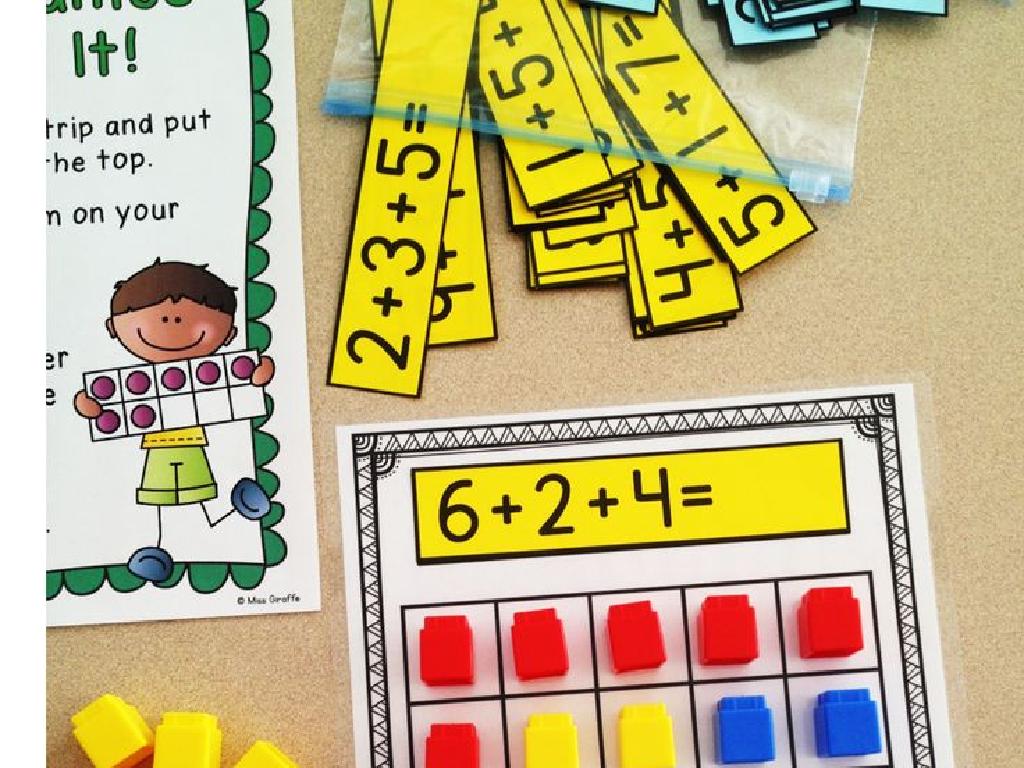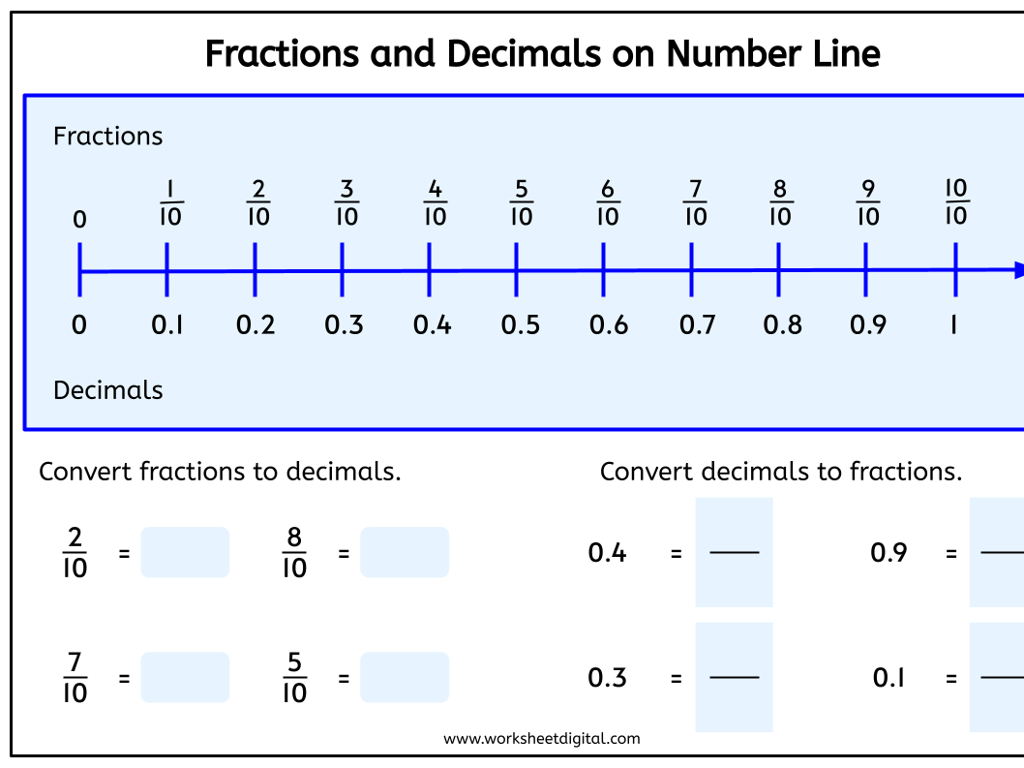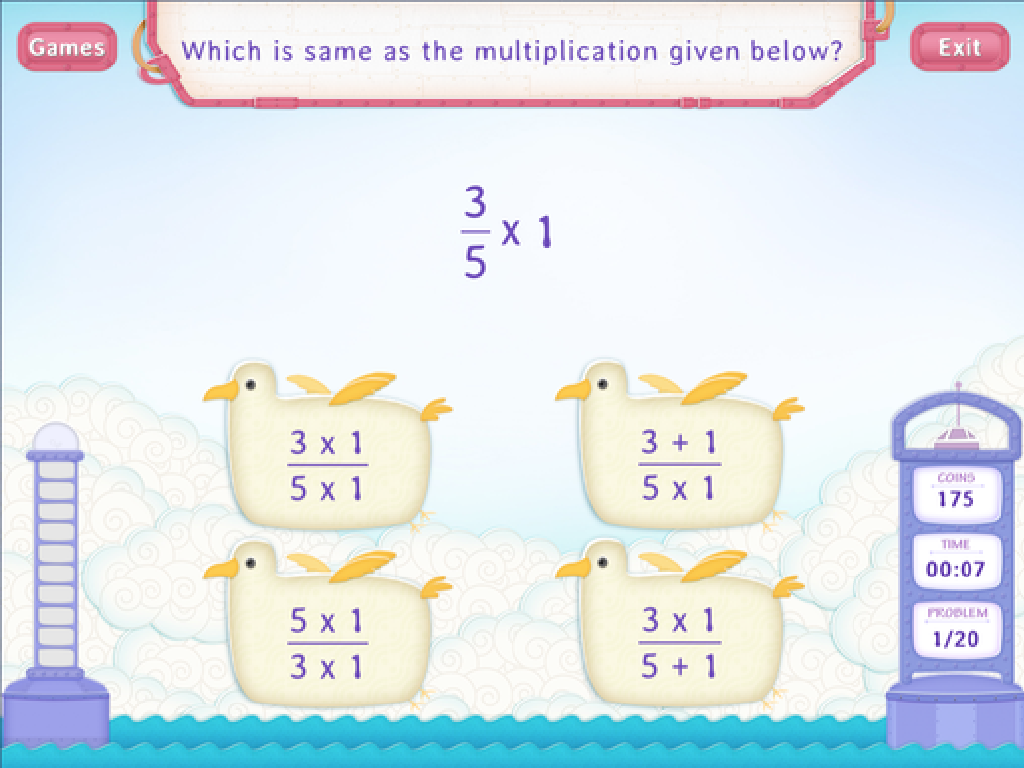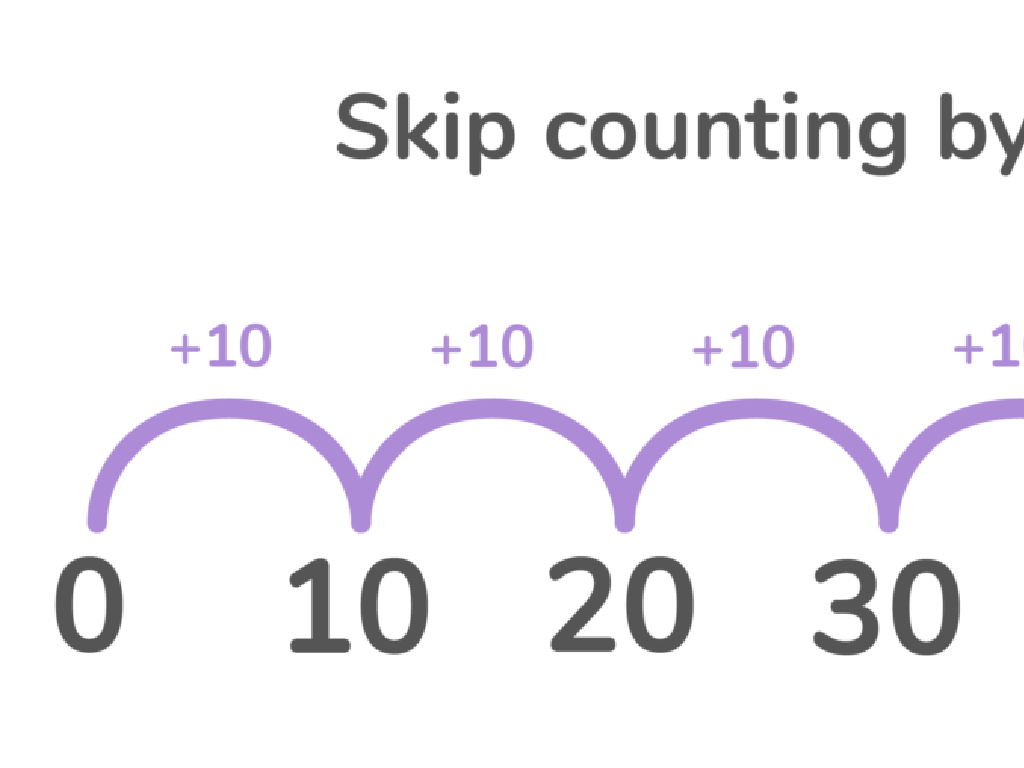Identify Phases Of The Moon
Subject: Science
Grade: Fourth grade
Topic: Astronomy
Please LOG IN to download the presentation. Access is available to registered users only.
View More Content
Phases of the Moon: Our Moon’s Changing Shape
– Explore the Moon’s phases
– The Moon goes through a cycle where it looks different.
– Why does the Moon change?
– The Moon’s shape changes due to its position relative to Earth and the Sun.
– Observing the Moon’s cycle
– We see the Moon go from a New Moon to a Full Moon over about 29.5 days.
– Moon phases and their names
– Learn names like New Moon, Crescent, First Quarter, Gibbous, and Full Moon.
|
This slide introduces the concept of the Moon’s phases to the students. Begin by explaining that the Moon doesn’t change its shape; it’s our view of the Moon that changes as it orbits Earth. Discuss how the Moon’s position in relation to the Earth and the Sun creates the different phases. Encourage students to observe the Moon over a month and draw the changes they notice. Teach them the names of the phases and the order they occur in. This will help students understand the predictable pattern of the Moon’s appearance in the sky.
Exploring Our Moon
– The Moon: Earth’s satellite
– A satellite that moves around Earth, lighting up our night sky.
– Moon’s orbit around Earth
– It takes about 27 days to go one full circle around our planet.
– Surface: craters, rocks, dust
– The Moon’s surface is like a desert with many holes and boulders.
|
The Moon is a fascinating celestial body that serves as Earth’s only natural satellite. When discussing the Moon with fourth graders, emphasize that it is a large, round rock that travels in a path around Earth, which we call an orbit. It takes approximately 27 days to complete this orbit. The surface of the Moon is covered with craters caused by space rocks called meteoroids, as well as rocks and dust, making it look like a desert with lots of holes and boulders. This slide sets the stage for understanding the phases of the Moon, which are caused by its position relative to Earth and the Sun.
Phases of the Moon
– The Moon’s eight unique phases
– Phases result from Moon’s position
– The Sun’s light on the Moon and our view from Earth create these phases.
– Learn the names of each phase
– New Moon, Waxing Crescent, First Quarter, Waxing Gibbous, Full Moon, Waning Gibbous, Last Quarter, Waning Crescent.
– Observe changes in the Moon’s shape
– Watch the Moon over a month to see its shape change from one phase to another.
|
This slide introduces the concept of the lunar phases to the students. It’s important to explain that the Moon doesn’t change its shape; rather, our view of the Moon changes as it orbits Earth, which is illuminated by the Sun from different angles. The names of the phases describe how the Moon’s appearance changes over time. A fun activity would be to have students keep a moon journal, where they draw the visible shape of the Moon each night for one month to understand how it progresses through its phases.
Why Does the Moon Have Phases?
– Moon orbits around Earth
– Like a ball going around in a circle
– We see varying lit portions
– Sometimes we see all or none of the bright side
– Sun lights half the Moon
– One side is always bright, like a day on Earth
– Phases change over a month
– New Moon to Full Moon in about 4 weeks
|
This slide aims to explain the concept of the Moon’s phases to fourth-grade students. The phases of the Moon are a result of its orbit around the Earth, which takes approximately one month to complete. As the Moon moves, we see different portions of its sunlit side, leading to the various phases, from New Moon to Full Moon and back. It’s crucial to emphasize that the Sun is always lighting up half of the Moon, just like daytime on Earth, but our view from Earth changes. Use a flashlight and a ball to demonstrate how light falls on the ball and how moving around the ball can mimic the Moon’s phases. Encourage students to observe the Moon over a month and keep a Moon diary to record its phases.
Observing the Moon’s Phases
– Track Moon phases over a month
– Keep a Moon diary
– Record daily observations of the Moon
– Note the Moon’s shape changes
– Is it a crescent, half, or full moon?
– Observe the Moon’s position
– Does the Moon rise in the east or west?
|
This slide is designed to engage students in the practical observation of the Moon’s phases. Encourage them to observe the Moon each night for one month and to keep a diary of their observations. They should note the shape of the Moon and its position in the sky. This activity will help them understand the cyclical pattern of the Moon’s phases. Provide examples of how to record their observations, such as drawing the shape of the Moon and noting the time and position of their observation. Discuss how the Moon’s appearance changes from night to night and how this relates to its position in orbit around the Earth. This hands-on approach will help solidify their understanding of lunar phases.
The New Moon Phase
– New Moon positioning
– Moon is between Earth and Sun
– Invisible from Earth
– Sun’s light doesn’t reach the Moon’s side facing us
– Start of lunar cycle
– A new set of phases begins every 29.5 days
|
The New Moon phase is a key concept in understanding the lunar cycle. It occurs when the Moon is positioned between the Earth and the Sun, making it invisible to us because the side that reflects sunlight is facing away from Earth. This phase signifies the start of a new lunar cycle, which lasts approximately 29.5 days. During this time, the Moon will go through several phases, each with its own unique appearance from Earth. Encourage students to observe the night sky over a month to witness the changing phases. Use a dark room and a light source to simulate the Sun and show how the Moon’s position relative to Earth affects what we see.
The Full Moon Phase
– Earth between Moon and Sun
– This alignment makes the whole moon shine brightly!
– Entire lit side is visible
– It’s like a big, round light in the sky.
– Occurs mid-lunar cycle
– About 14 days after the new moon.
|
The Full Moon phase is a key concept in understanding the lunar cycle. It’s the phase where the Moon appears fully illuminated from Earth’s perspective. This happens when the Earth is directly between the Moon and the Sun, allowing us to see the entire lit side of the Moon. It’s important to note that the Full Moon occurs approximately in the middle of the lunar cycle, around 14 days after the new moon. Use this opportunity to show a diagram of the Earth, Moon, and Sun alignment during the Full Moon phase. Encourage students to observe the Moon at night and keep a moon journal to track its phases over a month.
Class Activity: Moon Phase Craft
– Create a Moon phase wheel
– Gather your materials
– You’ll need paper plates, split pins, markers, and a Moon phase chart
– Use markers and chart for guidance
– Color and label each phase on your wheel using the chart
– Match wheel phases with the sky
– Observe the Moon and compare with your wheel to identify its current phase
|
This hands-on activity is designed to help students understand the different phases of the Moon by creating a visual and interactive tool. Provide each student with two paper plates, a split pin to connect them, markers for coloring, and a Moon phase chart for reference. Students will cut out a window on the top plate and draw the different phases on the bottom plate. As they rotate the top plate, they can simulate the Moon’s cycle and match the visible phase with the actual Moon in the sky. This activity not only reinforces the concept of Moon phases but also encourages observational skills. For the teacher: be prepared with extra materials, and have a Moon phase chart displayed prominently in the classroom. Offer assistance as needed and encourage students to share their wheels with the class.
Moon Phases: Conclusion & Review
– Recap the 8 Moon phases
– New, crescent, quarter, gibbous, full, and back again
– Moon’s role for Earth
– Tides, light at night, and cultural significance
– Reflect on what we’ve learned
– Q&A session
– Think of questions you have about the Moon
|
As we conclude our lesson on the Moon’s phases, let’s review the eight distinct phases starting with the New Moon and ending with the Waning Crescent. Discuss the Moon’s importance in creating tides due to its gravitational pull, providing light at night, and its role in various cultures and calendars. Encourage students to reflect on the key points they’ve learned about how the Moon’s appearance changes in the sky. Finally, open the floor for a Q&A session, allowing students to ask any lingering questions they might have and to clarify their understanding. This interactive conclusion will help solidify their knowledge and engage them in active learning.






